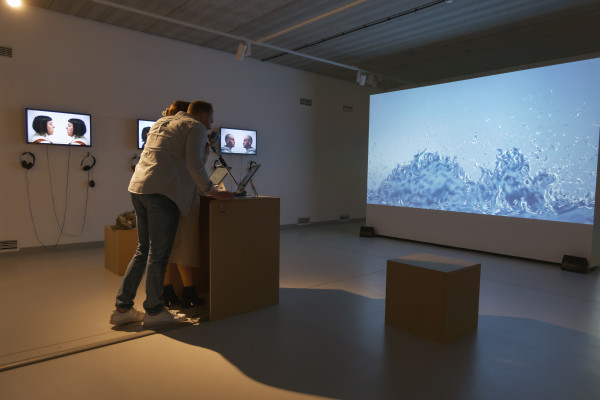Susana Ballesteros,
Jano Montañés,
Susana Ballesteros and Jano Montañés are OPN Studio. Their experimental work during the last decade has explored the intersection between the fields of Art, Science and Technology, being articulated through the language of electronics, robotics, video and interactive installation. Recent shows include NTMOFA Taiwan National Museum of Fine Arts, Würth Museum, LACDA Los Angeles Center for Digital Art, Kapelica Gallery, ARS Electronica.
Guillermo Casado is physicist, multimedia designer, university lecturer and digital artist specialized in interactive media, currently based in Madrid. Since 2006 he participates in the design and development of interactive multimedia installations in several areas of art as well as for commercial projects. His work is located in an area where several disciplines and philosophies converge: art, science, technology, play, experiment.
